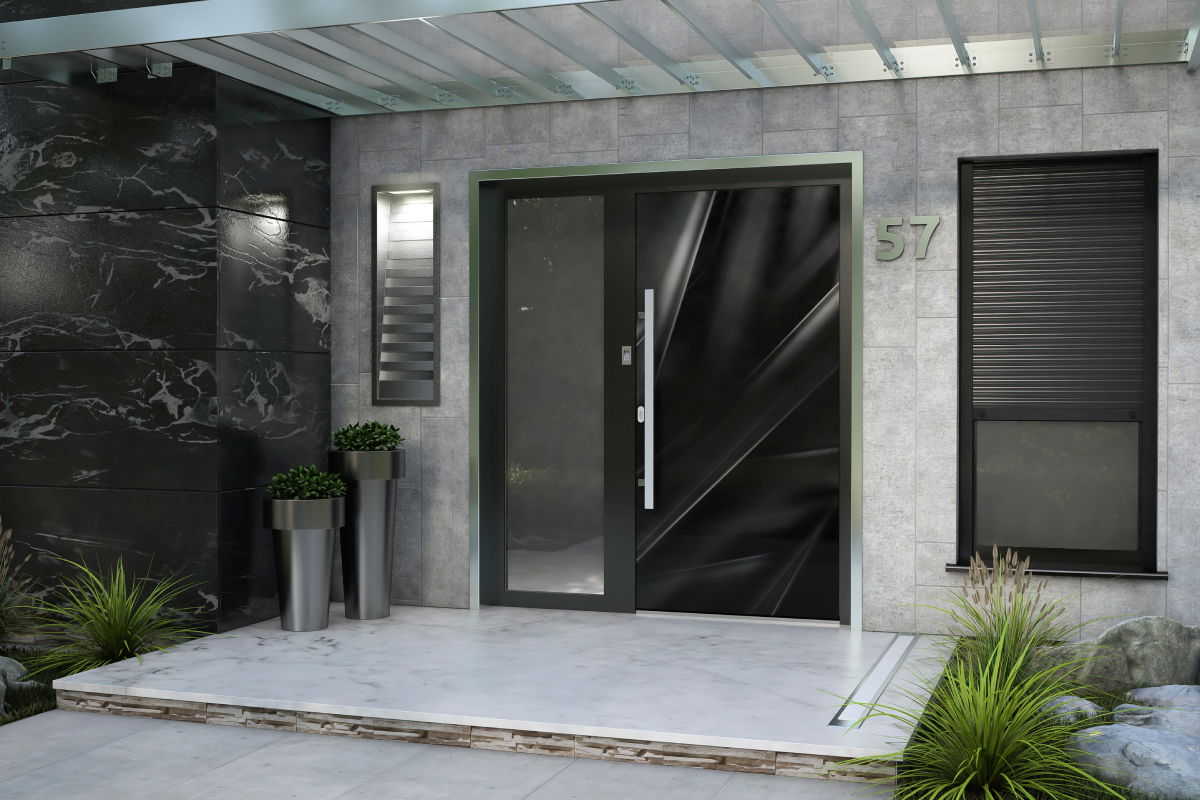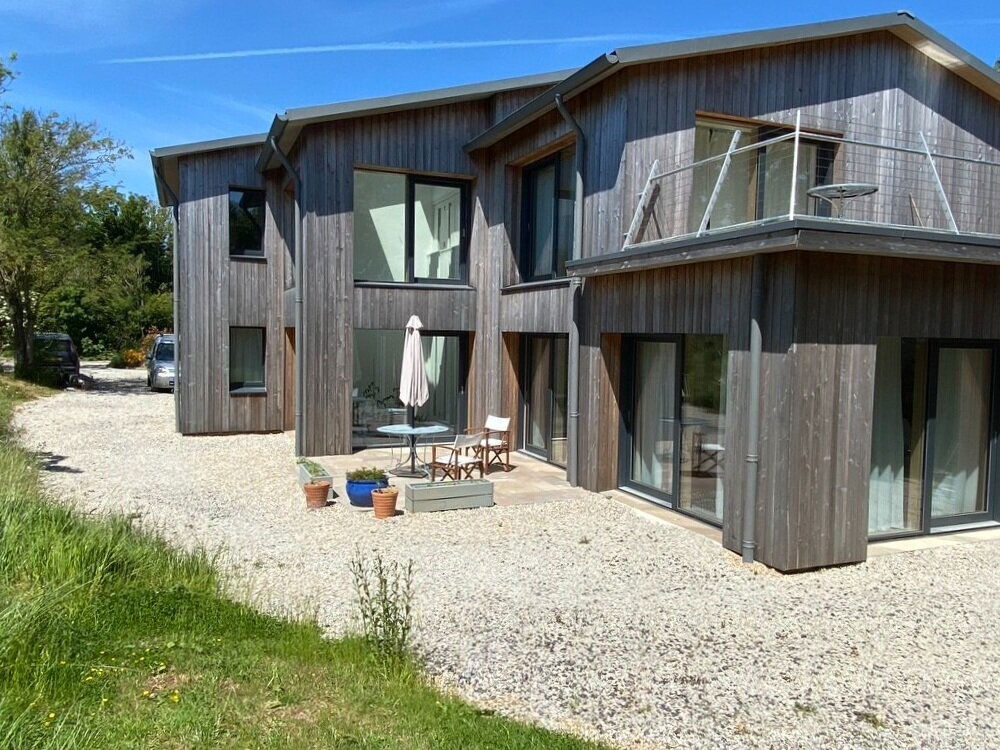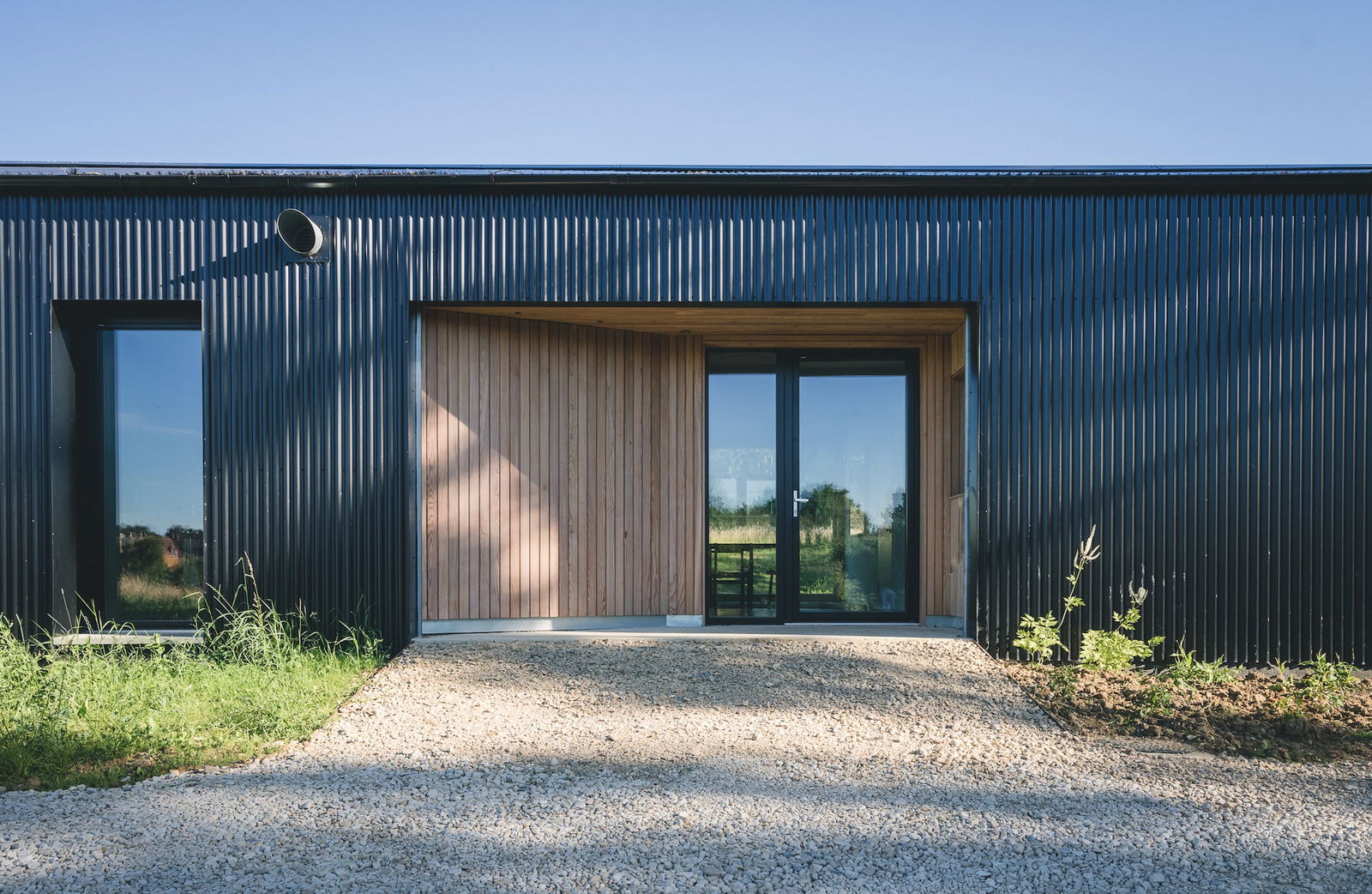What Are the Current Energy Costs in the UK?
As of 2025, the UK’s energy price cap has risen to £1,738 per year for a typical dual-fuel household paying by direct debit, with further increases expected in the coming months. This means that households are spending more on their gas and electricity bills than ever before, making it crucial to understand the factors affecting these costs.
Why Are Energy Costs So High?
Several factors are driving the high cost of energy in the UK:
- Global Gas Prices: The UK is heavily reliant on imported natural gas, which makes it highly susceptible to global market fluctuations. Conflicts, such as the ongoing tensions in Eastern Europe, and international supply chain disruptions have led to soaring gas prices. Even minor supply interruptions can cause rapid price spikes, directly impacting UK consumers.
- Weather Events: The UK has experienced more frequent extreme weather events, including harsh winters and heatwaves. These events drive up energy demand (for heating or cooling), while also disrupting supply chains. Storms can damage energy infrastructure, while cold spells dramatically increase demand for heating, pushing prices higher.
- Structural Challenges: The UK is in the midst of an energy transition, shifting from fossil fuels to renewable energy sources. While this is beneficial for the environment, the process is expensive. The decommissioning of coal-fired power plants and the reliance on aging infrastructure also contribute to higher operational costs for energy suppliers, which are then passed on to consumers.
Types of Energy Tariffs Explained
- Standard Variable Tariff: These are the default tariffs that energy providers offer. Prices can fluctuate depending on market conditions.
- Fixed-Rate Tariff: The cost per unit of energy remains the same for the duration of the contract, protecting you from sudden price increases.
- Economy 7 and Economy 10: These tariffs offer cheaper electricity rates during off-peak hours, ideal for households with flexible usage patterns.
Practical Tips to Reduce Your Energy Bills
- Switch to a More Competitive Tariff: Regularly compare energy tariffs using comparison websites to ensure you’re getting the best deal.
- Improve Energy Efficiency: Install energy-efficient appliances, switch to LED lighting, and ensure your home is well-insulated.
- Monitor Your Usage: Use a smart meter to track your energy consumption in real-time, helping you identify wasteful habits.
- Explore Government Support: Check if you are eligible for energy support schemes such as the Warm Home Discount or the Cold Weather Payment.
Conclusion
UK energy costs in 2025 are higher than ever, but understanding what’s driving these prices and taking proactive steps can help you manage your bills more effectively. By choosing the right tariff, improving your home’s energy efficiency, and staying informed, you can make smarter decisions that save you money over time.
































